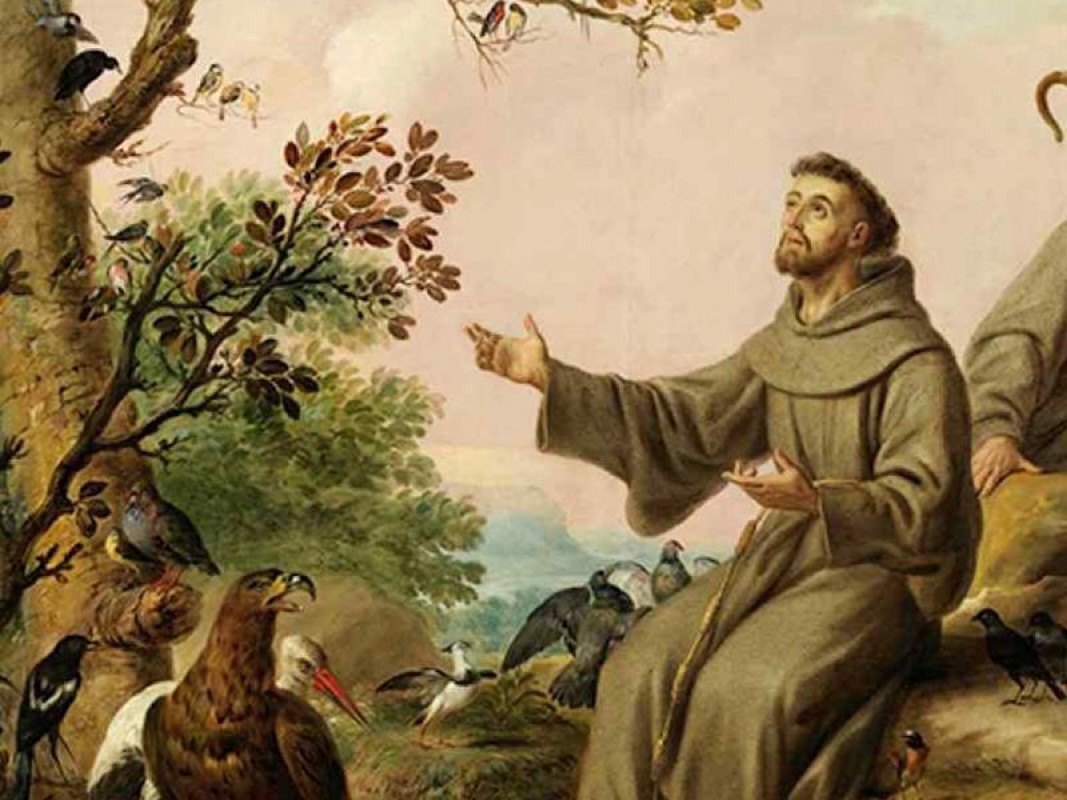
The figure of Saint Peter stands as one of the most prominent and enduring personalities in the annals of Christian history. Revered across various traditions, he is consistently portrayed as a central architect of the early Church, a man whose journey from a simple fisherman to a foundational apostle shaped the very fabric of a burgeoning faith. His story, deeply woven into the narrative of the New Testament, offers a compelling portrait of faith, struggle, and transformative leadership.
This article delves into the multifaceted life and profound impact of Saint Peter, drawing exclusively from the rich tapestry of early Christian texts and scholarly insights. We will navigate through his various identities, trace his initial encounters and profound relationship with Jesus, and examine his pivotal contributions as one of the first leaders of a movement that would eventually sweep across the ancient world. Through a careful examination of the available historical and theological accounts, we aim to present a comprehensive understanding of the man often described as the ‘rock’ upon which the Church was built.
Our exploration begins with Peter’s very name and how it evolved, moving into his call to discipleship and his unique position among the Twelve. We will then consider his personal journey, marked by both steadfast loyalty and moments of human frailty, culminating in his emergence as a crucial missionary figure whose efforts significantly expanded the reach of the nascent Christian community beyond its Jewish roots.
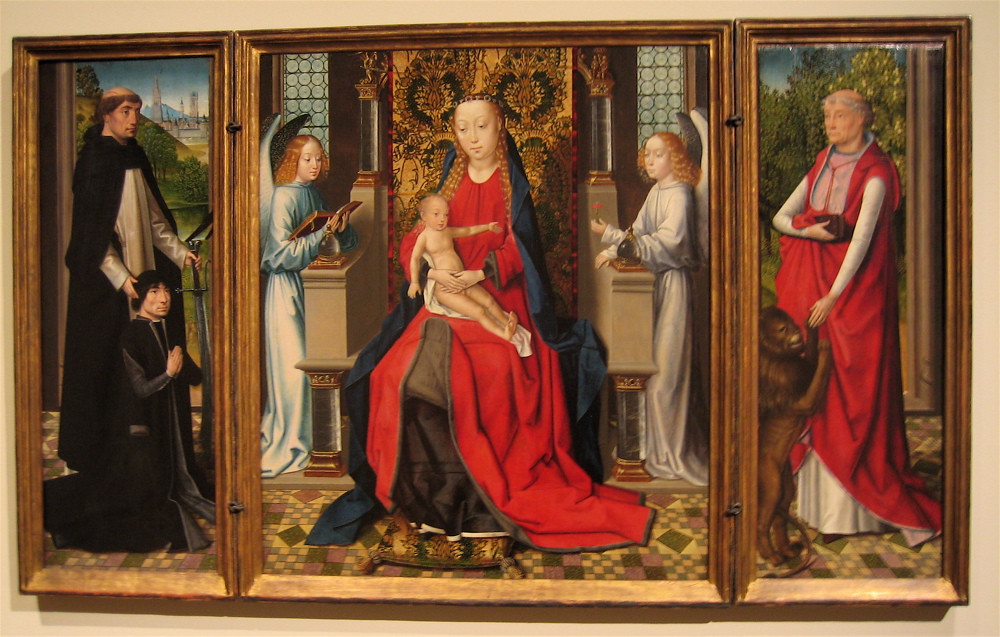
1. **Identity and Names: Simon, Cephas, and Peter**The man who would become Saint Peter began his life with the simple, traditional Jewish name, Simon bar Yonah. In only two passages within the New Testament, his name is alternatively spelled ‘Simeon,’ a variation that possibly reflects “the well-known custom among Jews at the time of giving the name of a famous patriarch or personage of the Old Testament to a male child [i.e., Simeon], along with a similar-sounding Greek/Roman name [in this case, Simon]”. This dual naming practice was common in the Hellenistic world, illustrating the cultural intersections of the period.
His transformation into the figure recognized today began with Jesus, who bestowed upon him the name Cephas. This Aramaic term, כֵּיפָא (Kepha), translates directly to ‘rock/stone.’ This new appellation was not merely a nickname but a profound designation, signaling a fundamental shift in Simon’s identity and future role. In translations of the Bible from the original Greek, this name is maintained as Cephas in nine occurrences, typically by Paul.
However, it is the Greek rendition of Cephas that became far more prevalent. The name Πέτρος (Petros), a masculinized form derived from the root of πέτρα (petra) – meaning “rock” or “crag” – was adapted to serve as a masculine proper name. This Greek form, Peter, appears 156 times in the New Testament, solidifying his identity for subsequent generations. While the precise meaning of Kepha is disputed, with some suggesting “precious stone” or “jewel,” most scholars concur that, as a proper name, it signifies a rough or tough character, aligning with the imagery of a foundational rock.
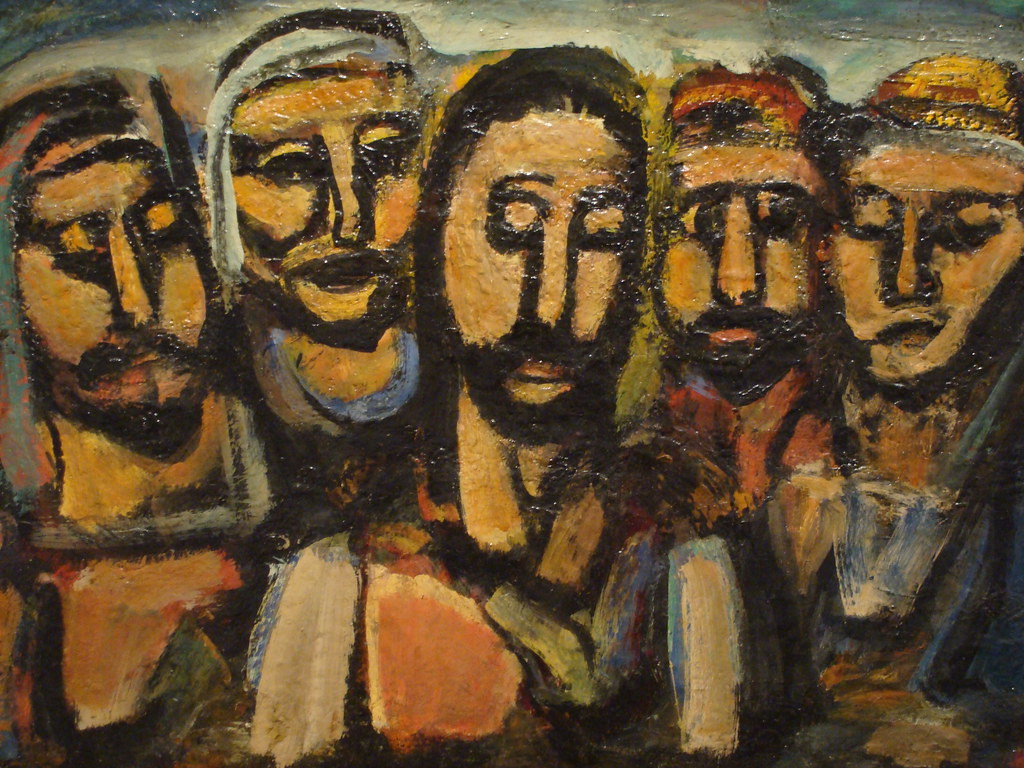
2. **Apostolic Role and Prominence: The First Among Equals**Peter’s position within the early Christian movement is consistently highlighted across the New Testament narratives. He is listed as one of the Twelve Apostles, a select group chosen by Jesus for a unique mission. Furthermore, he is depicted as one of the first leaders of the early Christian Church, a role he fulfilled with significant visibility and influence, as evidenced by his repeated and prominent appearances in all four New Testament gospels, as well as the Acts of the Apostles.
Catholic and Orthodox traditions elevate Peter further, considering him the first bishop of Rome – often equated with the first pope – and also the first bishop of Antioch. While these traditions regarding his tenure as pope are not definitively verified, with estimates ranging from 31 to 38 years, they underscore the profound regard in which his leadership was held. Peter’s leadership of the early believers is estimated to have spanned from AD 30 or 33 to his death, signaling a sustained period of influence.
His prominence is further emphasized by his consistent listing as the first among the Twelve Apostles in the Gospels and in the Book of Acts. Alongside James the Elder and John, he formed an informal triumvirate, privy to exclusive moments with Jesus, such as the Raising of Jairus’ daughter, the Transfiguration, and the Agony in Gethsemane. Scholars note that Peter often served as the spokesman for the Apostles, and his opinions, particularly in the debate over converting Gentiles, were crucial in shaping the early Church’s direction.
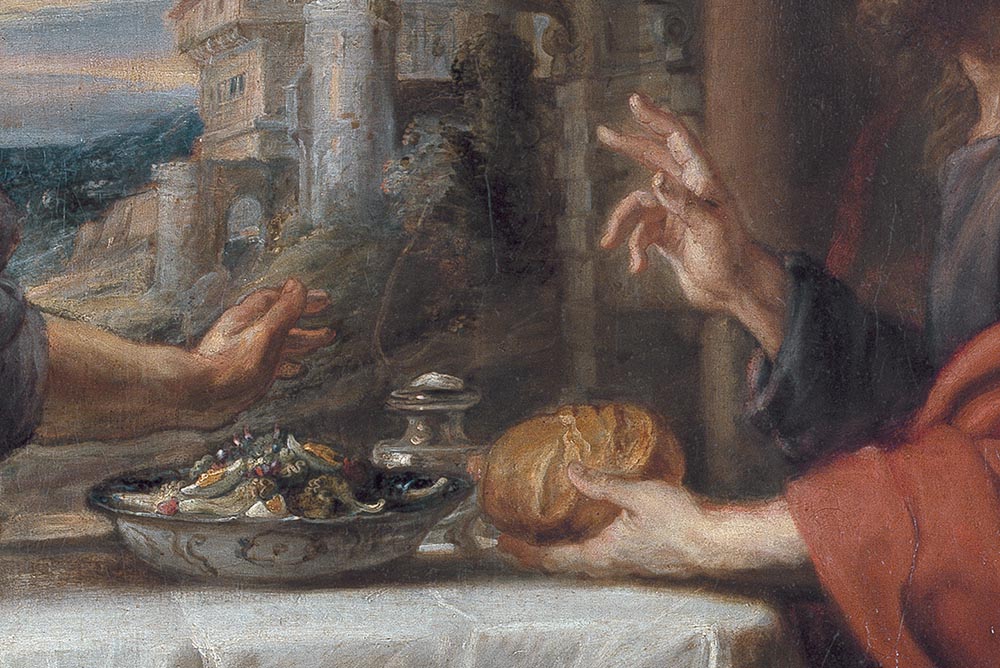
3. **Early Life and Calling: From Fisherman to Disciple**Peter’s background was humble yet rooted in the practical realities of his Galilean homeland. He was a Jewish fisherman, born in Bethsaida, a detail that grounds his story in the specific social and economic context of first-century Galilee. His given name was Simon, and he was the son of a man named Jonah or John, as specified in different gospel accounts. His profession as a fisherman was shared with his brother, Andrew, and the sons of Zebedee, James and John, indicating a communal livelihood centered around the Sea of Galilee.
The Synoptic Gospels provide a glimpse into his personal life, notably recounting how Jesus healed Peter’s mother-in-law at their home in Capernaum. These passages inherently depict Peter as being married or a widower, a detail further supported by Paul’s First Letter to the Corinthians (9:5), which implies he was married. This domestic aspect humanizes Peter, contrasting with the often idealized image of an apostle, and underscores that his call to discipleship occurred within the context of an established family life.
The pivotal moment of his calling is recounted vividly across the Gospels. In Matthew and Mark, Jesus issues the transformative invitation to Simon and Andrew: “Follow me, and I will make you fishers of men.” This metaphor not only resonated with their existing profession but redefined their purpose, shifting their focus from catching fish to gathering people into the burgeoning spiritual movement. Luke’s Gospel adds another dimension, depicting Jesus using Simon Peter’s boat to preach to multitudes before astounding Simon and his companions with a miraculous catch of fish, an event that immediately precedes their decision to follow him, abandoning their former lives.
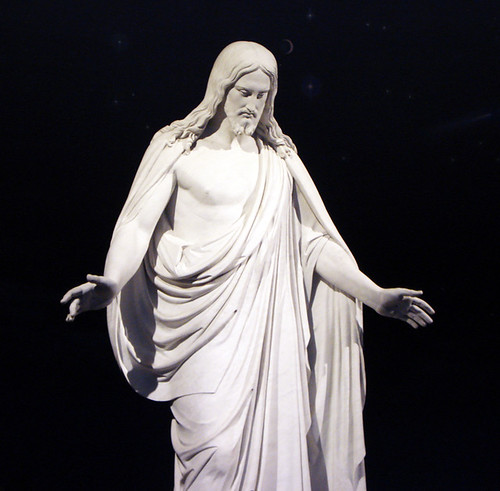
4. **Key Moments with Jesus: Confession, Wavering Faith, and Loyalty**Throughout Jesus’ public ministry, Peter was present at numerous pivotal events, often serving as a central, if sometimes flawed, figure. One of the most significant episodes is the Confession of Peter, where, in the area of Caesarea Philippi, Jesus asks his disciples, “Who do people say that the Son of Man is?” After various responses, Jesus asks, “Who do you say that I am?” It is Simon Peter who boldly declares, “You are the Messiah, the Son of the living God.” This confession marks a profound moment of recognition, leading Jesus to bestow upon him the name Cephas, or Peter.
Despite this profound declaration of faith, Peter’s journey was also characterized by moments of human doubt and fallibility. The Gospel of Matthew uniquely describes Peter walking on water for a moment after Jesus calls him, only to begin sinking when his faith wavers and he focuses on the tumultuous waves around him. This incident serves as a poignant reminder of the fragility of even strong faith in the face of fear, and Jesus’ gentle rebuke, “O you of little faith, why did you doubt?”, highlights a recurring theme in Peter’s narrative.
His ardent, though sometimes impulsive, loyalty was also evident at the Last Supper and during Jesus’ arrest. Peter initially resisted when Jesus began to wash his disciples’ feet, declaring, “You shall never wash my feet.” However, upon hearing Jesus’ response that “If I wash thee not, thou hast no part with me”, Peter’s commitment swung to an extreme, pleading, “Lord, not my feet only, but also my hands and my head”. Later, in the Garden of Gethsemane, when Jesus was arrested, Peter’s fierce protectiveness led him to draw a sword and cut off the ear of Malchus, a servant of the High Priest. This act of impulsive defense, though immediately corrected by Jesus, underscores his deep, albeit sometimes misguided, devotion.
Read more about: Unveiled: The Dramatic Highs and Lows of Saint Peter, From Fisherman to ‘Rock’ of the Early Church!

5. **Denial of Jesus and Restoration: A Journey of Repentance**One of the most poignant and well-documented episodes in Peter’s life is his threefold denial of Jesus, a moment chillingly foretold by Jesus himself during the Last Supper. All four canonical gospels meticulously recount how Jesus predicted that Peter would deny him three times before the cockcrow, or “before the cock crows twice” in Mark’s more specific account. This prophecy became a stark reality during Jesus’ trial.
The denials unfolded in quick succession, each triggered by the accusations of various individuals. First, a female servant of the high priest identified Peter as having been with Jesus, which he denied. Later, at the gateway, another servant girl or a man pointed him out as a follower, leading to a second denial. Finally, his distinctive Galilean accent was taken as proof of his association with Jesus, prompting his third denial. Luke’s Gospel adds a profound detail, recording Christ telling Peter, “Simon, Simon, behold, Satan hath desired to have you, that he may sift you as wheat: but I have prayed for thee, that thy faith fail not: and when thou art converted, strengthen thy brethren”.
The immediate crowing of the rooster after his third denial brought the weight of his actions and Jesus’ prophecy crashing down upon Peter, leading him to weep bitterly. However, Peter’s story does not end in despair. According to Christian tradition, Peter was the first disciple to whom Jesus appeared after his resurrection. This appearance served to balance Peter’s denial and, in a reminiscent scene in John’s epilogue, Jesus three times asks Peter if he loves him, allowing Peter to affirm his love three times. This profound exchange not only restored Peter’s position but also recommissioned him, laying the groundwork for his future leadership and shaping him into an exemplar of the forgiven sinner.

6. **Leadership in the Early Church: A Bridge-Builder**Following the resurrection and ascension of Jesus, Peter emerged as an undeniable leader among the nascent community of believers, a position consistently emphasized in the Gospels and Acts. He is regarded as the first leader of the early Church, assuming a central role in guiding the initial followers and forming the Jerusalem *ekklēsia* mentioned by Paul. His actions, such as conducting the election of Matthias to replace Judas and offering crucial opinions in significant theological debates, demonstrate a clear exercise of authority.
However, Peter’s leadership was not without complexities, and he was “soon eclipsed in this leadership by James the Just, ‘the brother of the Lord’.” This shift, according to scholars like Lüdemann, may have stemmed from discussions regarding adherence to Jewish Law, where James’s more conservative faction gained ascendancy over Peter’s relatively more liberal stance. Yet, Methodist historian James D. G. Dunn offers an alternative perspective, suggesting that this was not a “usurpation of power” but a consequence of Peter’s increasing involvement in missionary activities, which naturally led him away from constant oversight of the Jerusalem community.
Dunn further proposes a compelling role for Peter as a “bridge-man” between the often-opposing theological views of Paul and James the Just. He writes, “For Peter was probably in fact and effect the bridge-man (pontifex maximus!) who did more than any other to hold together the diversity of first-century Christianity.” This perspective highlights Peter’s unique ability to navigate and reconcile differing viewpoints, solidifying his position as a crucial unifying force within the diverse landscape of early Christianity. Paul himself affirms that Peter had the special charge of being apostle to the Jews, just as Paul was apostle to the Gentiles, further delineating their distinct yet complementary leadership roles.
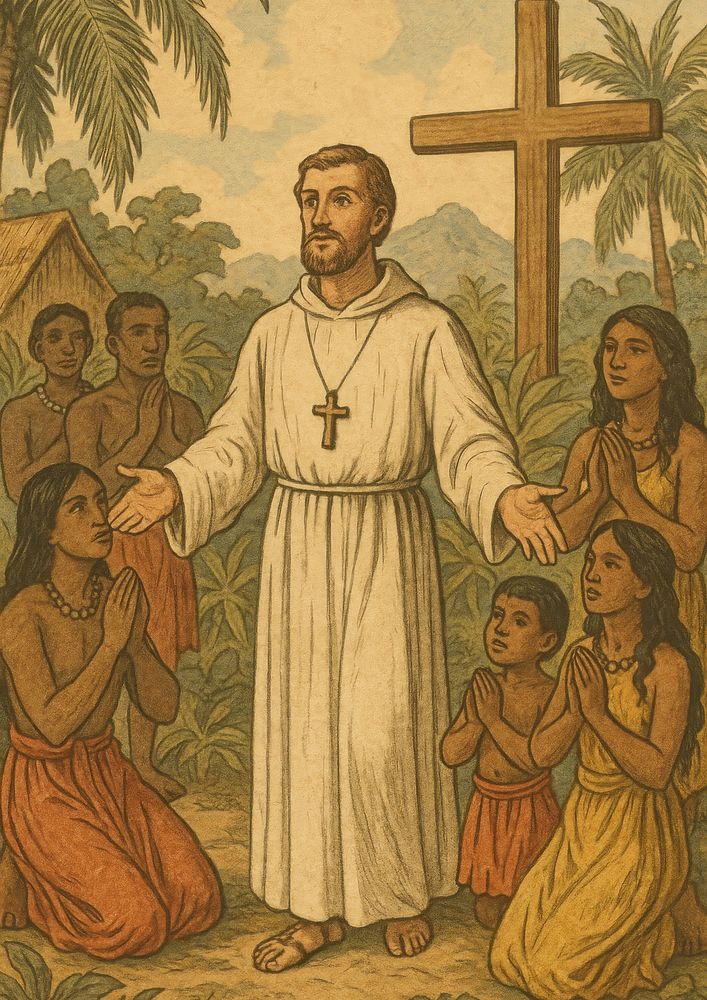
7. **Missionary Journeys and Gentile Evangelization: Expanding the Horizon**Peter’s ministry was not confined to Jerusalem; he embarked on significant missionary journeys that played a critical role in expanding the reach of Christianity beyond its initial Jewish confines. The Acts of the Apostles recounts his travels to various locations, including Lydda, Joppa, and Caesarea, demonstrating an active role in spreading the Gospel throughout the broader region. These journeys were instrumental in establishing new communities of believers and consolidating existing ones.
A particularly transformative event occurred in Joppa, where Peter experienced a profound vision from God. This vision involved previously “unclean animals” and challenged traditional Jewish dietary laws, leading to a pivotal theological insight. Peter applied the message of this vision to the Gentiles, understanding that God shows no partiality. This realization directly preceded his meeting with Cornelius the Centurion, a Gentile, whom he baptized. This act marked a significant departure from the early Church’s initial focus, opening the doors to a broader, more inclusive understanding of salvation.
The decision to evangelize the Gentiles was a groundbreaking development, fraught with debate within the early Christian community. Peter’s vision and subsequent actions provided a crucial precedent and justification for this expansion. Later, the Epistle to the Galatians mentions a trip by Paul to Jerusalem where he meets Peter, and fourteen years later, Paul again returned to Jerusalem and encountered Peter, suggesting ongoing interactions and potentially differing perspectives on how to integrate Gentile converts. Peter’s willingness to engage with and embrace Gentiles underscored his pivotal role in moving the early Church toward a universal mission, demonstrating his capacity for adapting tradition in response to divine revelation.



